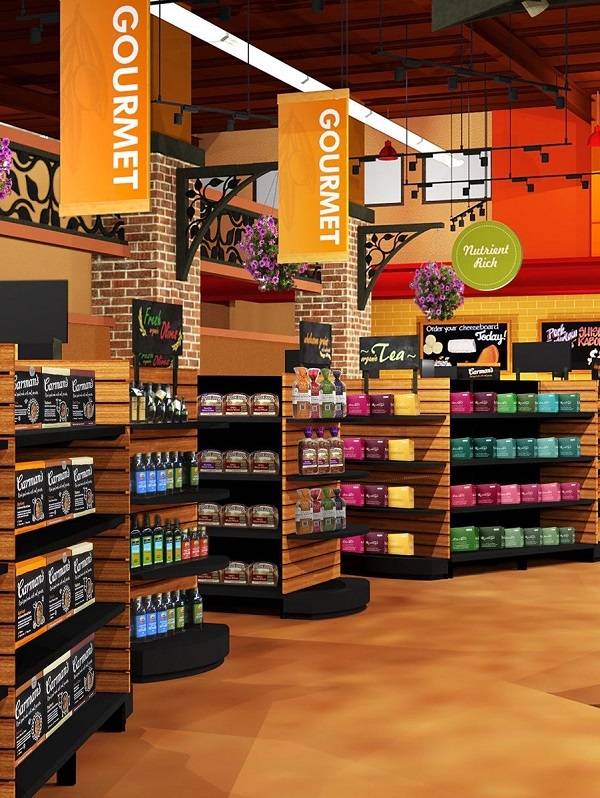- CatalogTop
Full catalog list - Food & BeveragePopular
Popular packed food and beverages
- Beauty & Self Care
Beauty and personal self-care products - Home & Garden
Home and garden supplies and accessories - Board Games
Most popular board games from Latin America - BrandsAll brands
Full list of all brands in the store. Browse all brands - IndustriesNew!
Filter products by desired business category - Services
See all services - See All Products
See full list of all products - Companies
Companies list
9 Ways IT Can Help Businesses During a Recession

Companies faced new challenges after COVID.
Just as businesses began to return to a semblance of normal operations after COVID, they have been hit by new challenges. Faced with record inflation, recession fears and global conflicts, companies continue to review their strategies and adjust the ways they operate.
They are implementing new information technology solutions and turning to IT service providers to help them gain agility, increase efficiency and remain competitive. Let's look at some of the main ways you can help businesses navigate a difficult economy.

IT to the rescue: 9 practical examples
1. Cyber security
Data exploitation is a major concern, as cyber crime increases with each passing day. Businesses need new IT technologies to help them scale and keep up with ever-changing cyber risks.
Small businesses are particularly at risk and are vulnerable to cyber extortion. During the pandemic, cyber crime increased by 600%. Companies that lack effective security measures will be the most affected. Being a victim of a cyber crime can also damage the trust of your stakeholders and customers.
2. Online shopping
Consumers are sticking to the online shopping habits they picked up during the pandemic, when many countries imposed complete lock downs. Technology enabled online shopping, contactless shopping and digital payment options, which helped both consumers and businesses. Companies that were ahead of the curve came out on top.
According to Statista, e-commerce retail sales totaled about $5.2 trillion worldwide in 2021. That number is expected to grow to $8.1 trillion by 2026.
3. E-commerce
E-commerce solutions help brands consolidate order management and also manage physical and digital stores. This technology streamlines the management of orders by directing them to the nearest store for fast shipping. Automated stock updates help companies manage their inventories to increase customer satisfaction.
4. Omnichannel commerce
ERP solutions ensure that merchants have an omnichannel presence, from virtual and physical stores to online market stations, social networks and all the channels that are operated on the Internet. This helps retailers to manage their processes efficiently while enabling customer participation in various sales channels.
5. Online payments
Most small businesses have limited resources and cannot afford expensive automated machines related to cash transactions. They can use Moderna's digital payment solutions for in-store purchases. Now, you can even receive payments with the tap of a credit or debit card.
6. Chatbots
Chatbots use machine learning to copy human interaction and offer solutions to written or spoken queries. Chatbots offer 24×7 customer support for a better user experience. Ensures that the customer's buying journey stays on the right track.
7. Autopay
Self-service automatic payment technology helps companies improve employee safety and customer experience. Initially, it was used for safety reasons and to reduce costs. It has now been proven that it is beneficial to limit the contact of employees with cash that is touched by numerous people. It also helps to speed up the checkout process for a better customer experience.
8. Virtual test
The Smart mirror technology helps consumers to see how they would look in different clothes by reacting to their voice-over commands and hand gestures. This makes it easier for consumers to make decisions and also improves the user experience.
9. Robotic process automation
The continuing labor shortage in the wake of the pandemic has businesses looking for ways to increase efficiency. Robotic process automation (RPA) helps streamline repetitive tasks in the supply chain and increases productivity by giving employees time to focus on the most demanding work.
© 2017 - 2024, Directoro.com, or its affiliates. Trademarks are the property of their respective owners.

